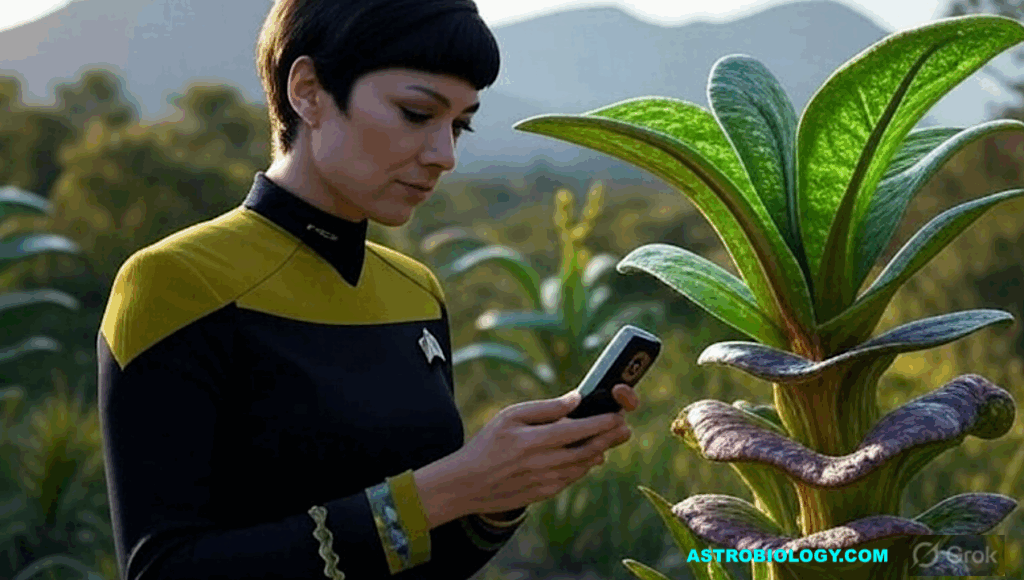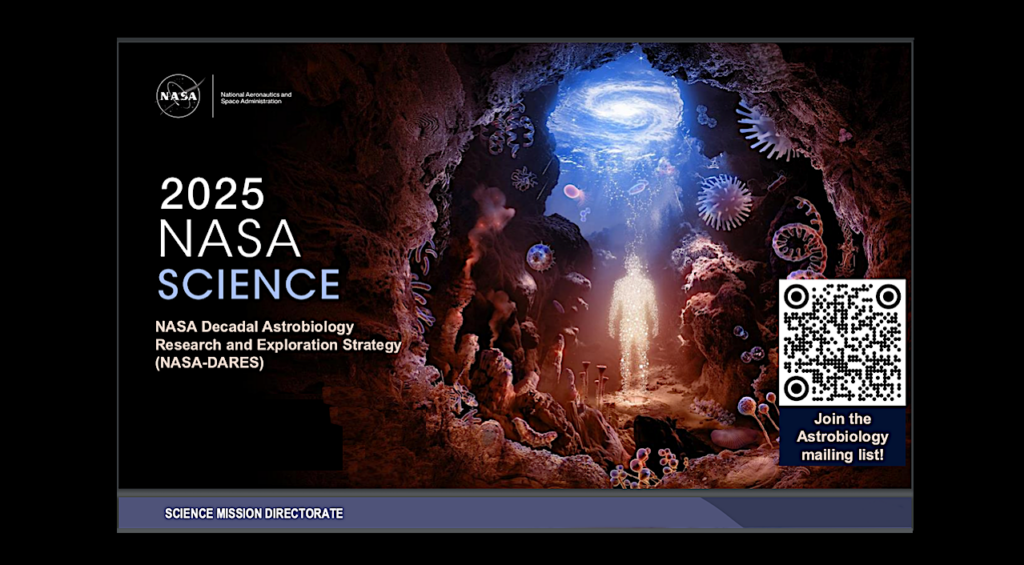The Astrobiology of Icy Worlds
Overview:
The 2008 Summer School program will be focussed on the exploration of icy worlds orbiting the giant planets of our Solar System. These satellites are important astrobiology targets in the exploration plans of space agencies as refl ected in the successes of the Galileo mission to Jupiter and the Cassini-Huygens mission to Saturn.
The study of the icy worlds provides an interesting and different astrobiological perspective than the study of Mars, a terrestrial planet whose characteristics are more similar to our own planetary environment. In contrast, the icy worlds of the outer solar system offer compositions and processes distinct from those of the terrestrial planets.
The priority for exploring icy worlds derives from indications that they can develop potentially habitable environments, or ones in which prebiotic chemistry may occur. Special outstanding examples are: Europa, which shows evidence for a water ocean in its interior, probably in contact with a rocky substrate which could provide heat and chemical compounds; Enceladus, which may also have some subsurface water, and which is the source of geysers spewing material into space; and Titan, which exhibits a methane hydrologic cycle and an atmosphere similar in some ways to that thought to have been present on the primitive Earth. Some of these icy worlds have been very active, and as the examples given illustrate, some still are. This activity is manifested in resurfacing by tectonism and volcanism to form geological structures sometimes different from and sometimes strikingly reminiscent of those on Earth. These structures are indicators of the planetary energy sources that are requisite for developing
School Topics
- Cassini Flyby of Enceladus NASA/JPL
- Saturn and its Small Icy Worlds – Torrence Johnson, NASA-JPL, USA
- Astrobiology of Titan and Enceladus – Francois Raulin, Universites Paris, France
- Astrobiology of Europa – Daniel Prieur, Universite de Brest, France
- Jupiter and its Moons – Michel Blanc, Ecole Polytechnique, France
- Europa and the Galilean Moons – Kevin Hand, Jet Propulsion Laboratory, California Institute of Technology, USA
- Mission Development – Alvaro Gimenez Canete, Centro de Astrobiologia, Spain
- NAI Research on Icy Worlds – Carl Pilcher, NASA Astrobiology Institute, USA
- Synthetic Life – Juan Perez Mercader, Centro de Astrobiologia, Spain
- Plus Round Table Discussions, Student Projects, Night Sky Observations, and a half-day Field Trip to a nearby K-T Boundary Section







